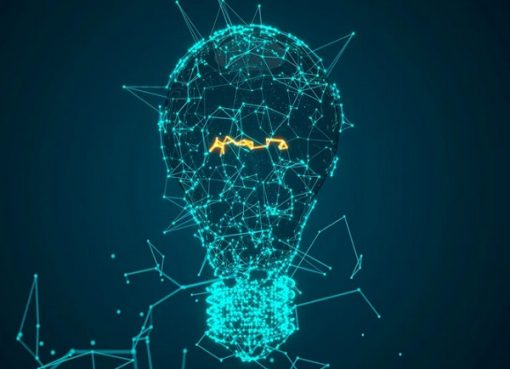The new decade dawned with a pandemic, severe global recession, and social unrest continuing into 2021. Despite this grim backdrop, 2021 will mark the beginning of an unprecedented era of innovation in the electric utility industry. This year utilities will increasingly recognize the value of – and need for – innovation, and “branch out” their innovation investments as a result. Utilities will look outside their own four walls to partner with the best innovators and, in the process, form unexpected and productive partnerships.
Three, related forces will accelerate to incent this branching out: Technology change, utility needs, and the customer. Let’s briefly look at each of them.
Technology Change
Three forces driving technology change in and around our industry will only accelerate this year: Digitization, decarbonization, and decentralization. The electric utility industry is no exception to legendary venture capitalist Marc Andreessen phrase about “software eating the world”. The most obvious digitization has come as customer interactions and engagement have moved from conventional (brick and mortar, phone calls) to digital (online, mobile). But this year will see digital push into less obvious areas like HR, credit and collections, workforce management, capital planning and budgeting processes, and even to building a digital “layer” on top of infrastructure itself.
Decarbonization will accelerate this year with policy “tailwinds”, massive continued investment from tech giants like Amazon, Microsoft, and Google, and the capital available to clean transportation startups who are now public, like Proterra.
The decentralized “edges” of the grid are leading the charge to this cleaner, more digital future. More intelligent infrastructure – from bi-directional charging to smart inverters – has enabled the edges to interact and even transact. As electric vehicle and DER penetration only increases and is regularly paired with enabling “smart” infrastructure, de-centralization should only accelerate and we will even see the early beginnings of multi-party transactions enabled by decentralized financial infrastructure (blockchain).
Utility Needs
Meanwhile, the utility’s own needs for innovation are only growing. Perhaps the most fundamental challenge is that of aging infrastructure. The American Society of Civil Engineers gave US energy infrastructure a “D+” rating in 2017. Meanwhile, the increased frequency and severity of extreme weather events has only increased the demands on that aged infrastructure. Adding to the challenges with aging, stressed infrastructure is an internal skill gap around the digital capabilities necessary to operate these core activities in a decentralized fashion.
Customers
The most important force of the three, however, is the utility customer. Amazon’s seamless, “one button” digital experience has conditioned customers to expect products and services to be available, affordable, and convenient. Customers now increasingly look to their utility with similar expectations for ease of interaction, choice, and control over their energy usage. The stakes for meeting this expectations are growing ever higher as well. More external competitors are entering the utility value chain, typically close to the customer, in retail and distribution services like DER and smart home integration. Utilities that move quickly and effectively will provide customers the products, services, experiences, and partnerships they deserve.
In 2021 expect to see much more of these partnerships that harness the power of technology changes, meet customer expectations, while also addressing internal utility needs. These partnerships will branch out from the obvious, low-hanging fruit (e.g., amongst existing vendors and utilities) to include greater collaboration between utilities and big corporates, fleet providers, and key cogs of the innovation “ecosystem” like universities, labs, government, venture capitalists, and incubators. Many utilities, like us here at Duquesne Light, have established formal innovation groups to lead the collaboration and coordination of those partnerships. We are looking forward to sharing more about the ways we’re “branching out” to local innovation ecosystem to help our customers in 2021, and expect similar announcements from other utilities this year.
Source: Josh Gould(Energycentral)










